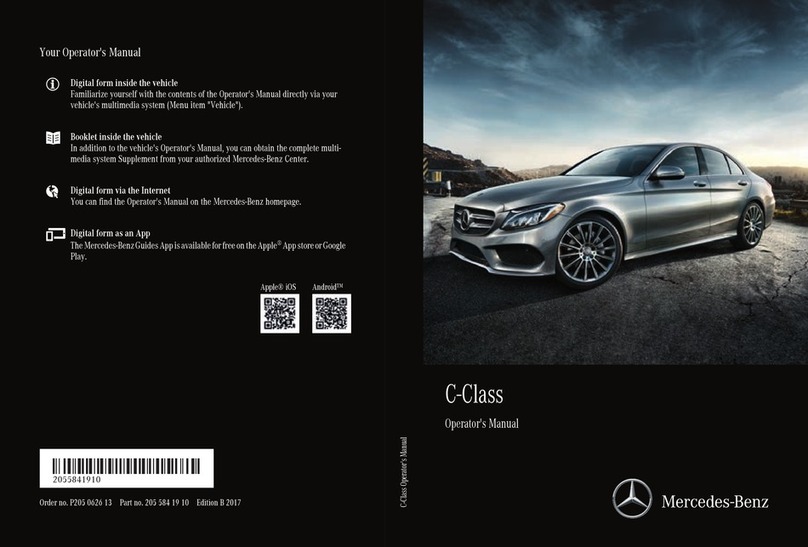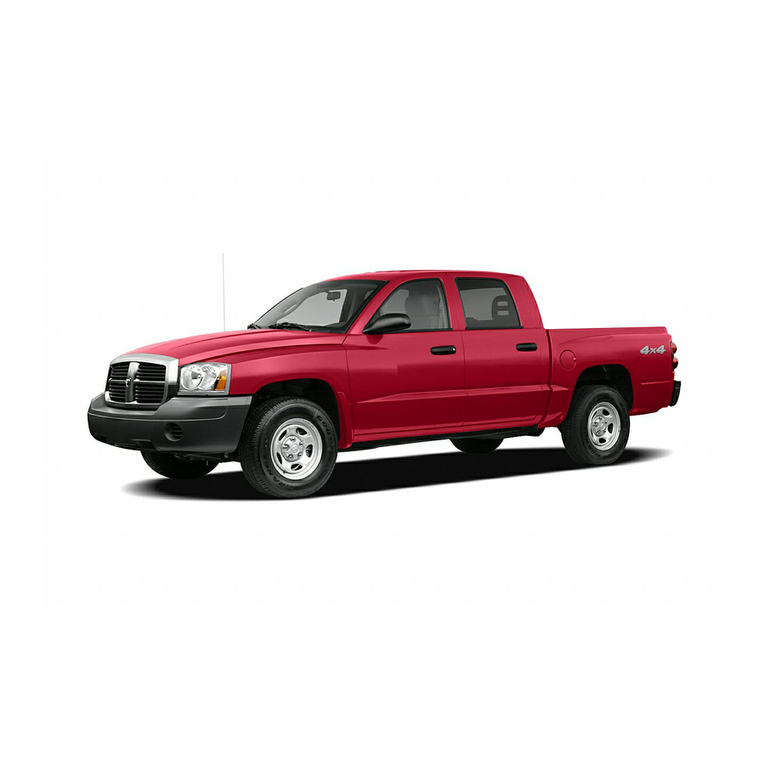Mercedes-Benz 190 D 2.2 1985 User manual
Other Mercedes-Benz Automobile manuals

Mercedes-Benz
Mercedes-Benz 2003 CLK 320 User manual

Mercedes-Benz
Mercedes-Benz AMG SL Roadster 2023 User manual

Mercedes-Benz
Mercedes-Benz 2005 Sprinter User manual

Mercedes-Benz
Mercedes-Benz E-Class Convertible 2020 User manual

Mercedes-Benz
Mercedes-Benz GLE Coupe Reference guide

Mercedes-Benz
Mercedes-Benz E 55 AMG User manual

Mercedes-Benz
Mercedes-Benz SLK User manual

Mercedes-Benz
Mercedes-Benz 2001 M-Class User manual

Mercedes-Benz
Mercedes-Benz B-Class User manual
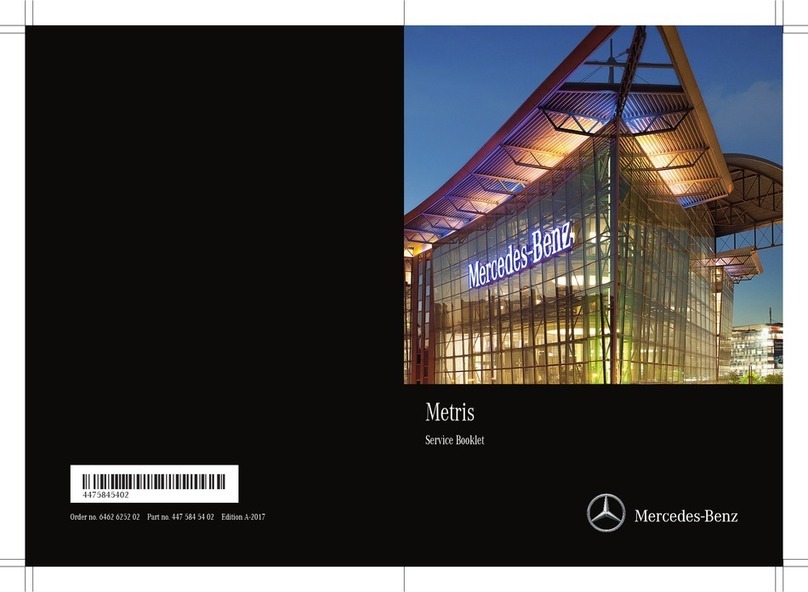
Mercedes-Benz
Mercedes-Benz Metris Installation and operation manual

Mercedes-Benz
Mercedes-Benz Sprinter 200 User manual

Mercedes-Benz
Mercedes-Benz 280 SE User manual

Mercedes-Benz
Mercedes-Benz CLS 2012 User manual

Mercedes-Benz
Mercedes-Benz 2003 C-Class Wagon User manual

Mercedes-Benz
Mercedes-Benz 180 User manual

Mercedes-Benz
Mercedes-Benz 260 E 124 1988 User manual

Mercedes-Benz
Mercedes-Benz B-Class User manual
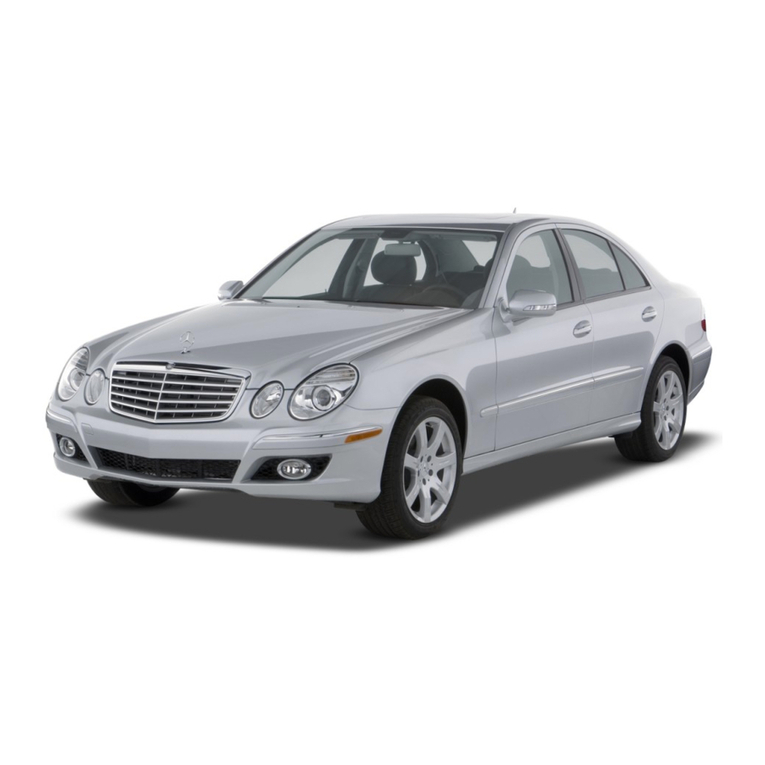
Mercedes-Benz
Mercedes-Benz 2008 E-Class User manual
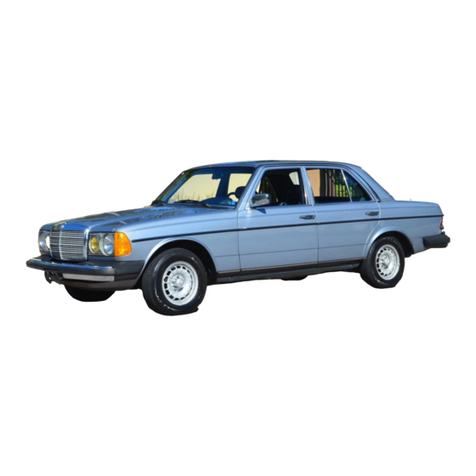
Mercedes-Benz
Mercedes-Benz 300 D 1984 User manual

Mercedes-Benz
Mercedes-Benz B-Class User manual

